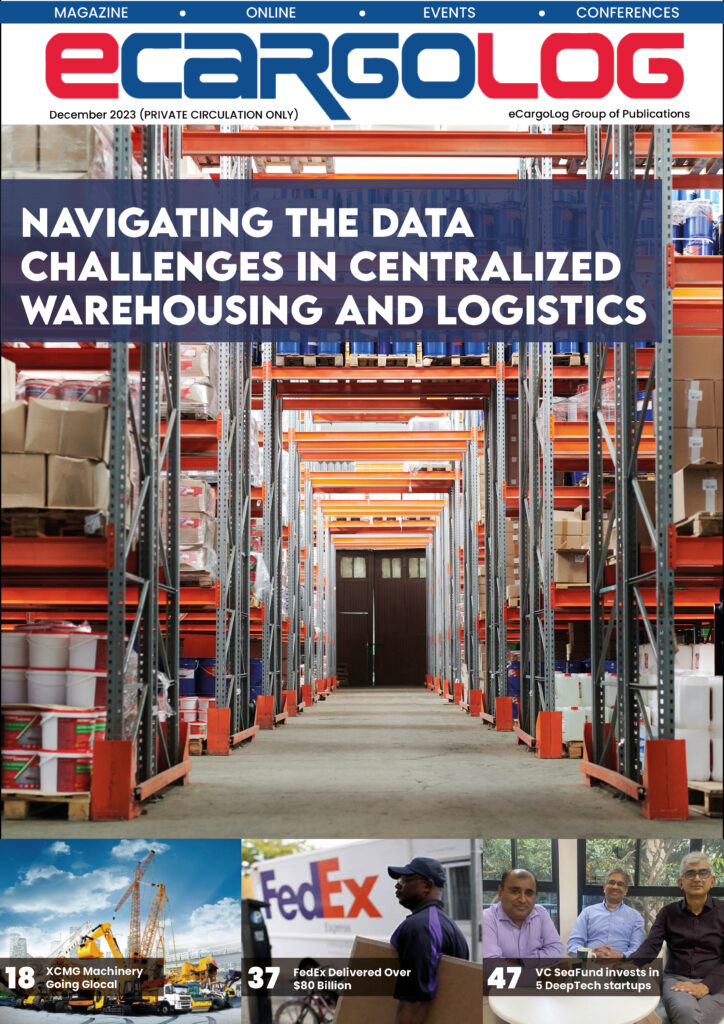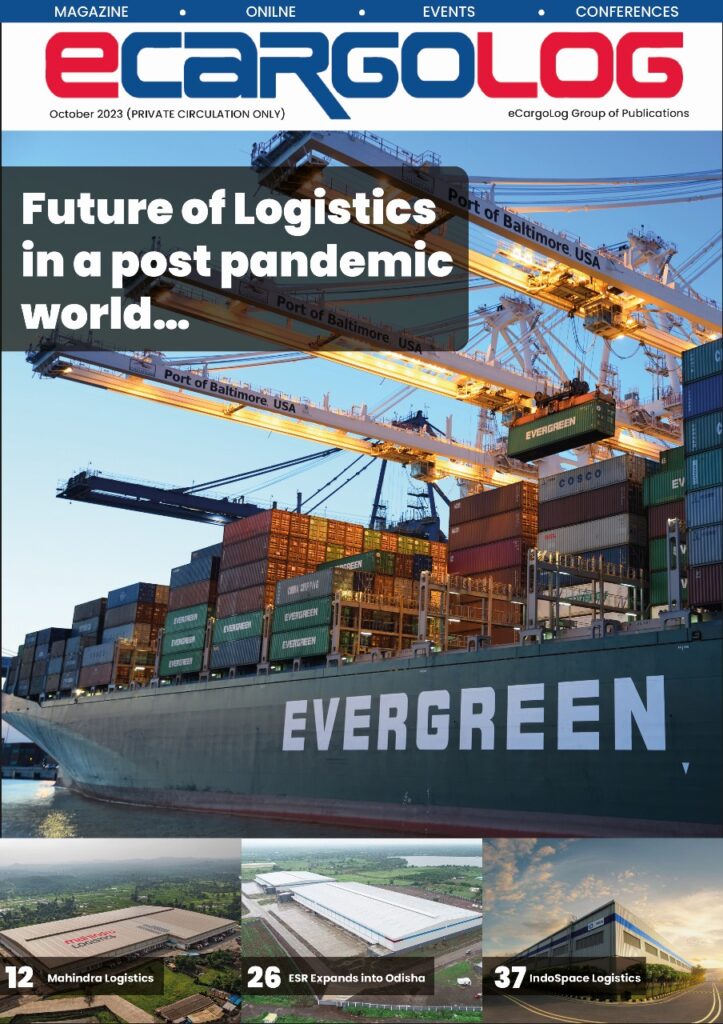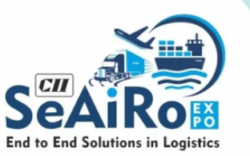 Freight rates on the Asia-Europe and transpacific trade lanes continued to decline recently because of a major carrier rate increase push that could make or break their year. On the Asia to Europe trade, all-in spot prices declined by 3.6% compared with the previous week to reach US$514 per teu, according to the Shanghai Containerised Freight Index.
Freight rates on the Asia-Europe and transpacific trade lanes continued to decline recently because of a major carrier rate increase push that could make or break their year. On the Asia to Europe trade, all-in spot prices declined by 3.6% compared with the previous week to reach US$514 per teu, according to the Shanghai Containerised Freight Index.
Meanwhile, the World Container Index shows that prices on the trade lane dipped 6% week on week to $998 per feu. It is the first time since December 2011 that prices per feu have dipped below to the $1,000 mark.
According to the SCFI, prices on services from Asia to the Mediterranean declined 3% to $1,166 per teu.
Transpacific prices also declined. All-in spot rates on services from Asia to the US west coast dipped 1.9% week on week to $1,845 per feu while prices to the east coast were down 1.6% to $2,984 per feu. Market observers will follow the performance of freight rates over the coming weeks with interest as carriers have announced a range of rate increases that will come into force on 1 July. On the Asia to Europe trade, carriers are hoping to increase prices by between $775 and $1,000 per teu. It is the largest proposed rate increase ever announced on the Asia-Europe trade.
Hapag-Lloyd, MOL and MSC are aiming for an increase of $1,000 per teu, Maersk Line and Cosco are aiming for $950, OOCL is pitching at $975 and CMA CGM is going for the lowest increase, of just $775.
However, the French carrier this week announced a peak-season surcharge of $150 per teu to also come into force on 1 July. Other carriers have pitched rate increases privately to customers. The Transpacific Stabilization Agreement has suggested an increase of $400 per feu on services to the west coast and $600 per feu on services to all other destinations. On Mediterranean services, carriers are aiming to increase prices by between $400 and $1,000 per teu, with Hapag-Lloyd pitching at the highest level and Maersk Line at the lowest. Typically, rate performance on the main east-west trade lanes in the third quarter of the year — traditionally the peak season — has had a big impact of full-year results. This view was recently reiterated by CSAV Chief Executive Oscar Hasbún, who said the success of GRIs in June and July would impact his company’s full-year performance.
At this stage it is not clear how successful the rate increases will be. Analyst Alphaliner said it was sceptical. “The move follows five failed attempts to raise rates on the trade since January. However, the prospect is better this time, as the timing coincides with the start of the summer peak season in July. “Despite this, forward market rates suggest that carriers will only be able to obtain half of their announced rate increases.” Carriers have been busy adjusting capacity on the Asia-Europe trade over the last few weeks, cancelling services and announcing plans to lay up vessels for maintenance to reduce the supply-demand imbalance. China Shipping Container Lines, Evergreen and Zim have axed their AEX2/CES2 service, the G6 carriers have announced plans to void a Loop 7 sailing and CKYH, Evergreen and G6 will void a G6 sailing for vessel maintenance. More void sailings are planned on the Far East-Mediterranean route, with the CKYH skipping the MD1 sailings on weeks 25 and 28, Evergreen skipping the UAM sailing on week 27 and CSCL, K Line, Yang Ming, PIL and Wan Hai voiding an ABX sailing on week 28, Alphaliner said. Recently the world’s largest three container shipping lines – Maersk Line, MSC and CMA CGM – revealed plans to launch a new tie-up that will cover the Asia-Europe, transpacific and transatlantic trade lane. While the P3 network will not be launched until next year, assuming it gains approval from the relevant competition authorities, it could have an impact on current market sentiment, something that is often referred to as one of the main reasons behind freight rate performance.
So far this year rates have declined heavily. On the Asia to Europe trade prices have declined 59% since the start of the year and on the transpacific trade they have declined 17% to the west coast and 11% to the east coast. The one bright spot has been the Asia to Mediterranean, where prices have actually increased by $9 per teu since the start of the year.







